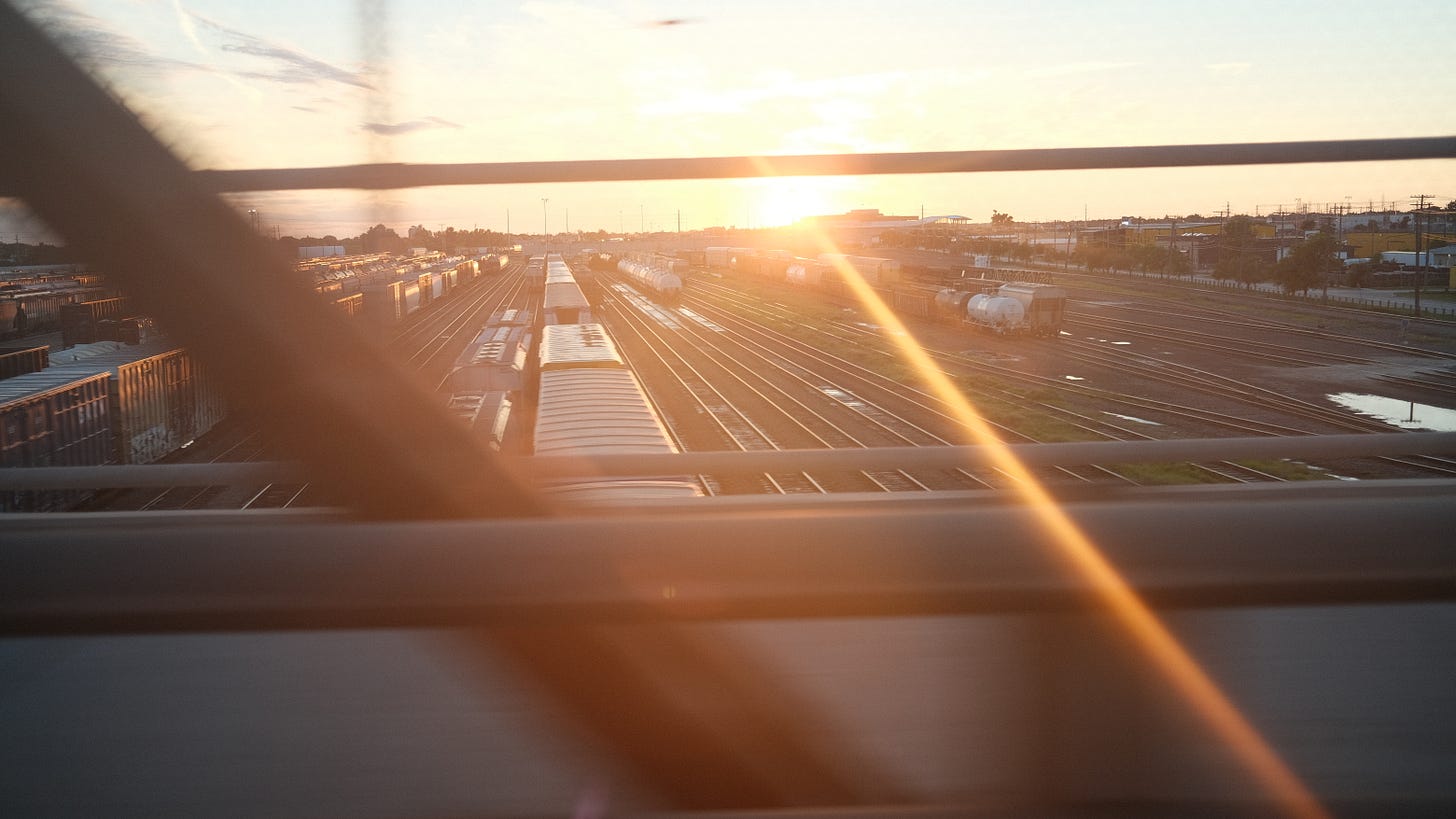Fossils work almost the same way as photography... as a record of history. The accumulation of time and history becomes a negative of the image. And this negative comes off, and the fossil is the positive side. This is the same as the action of photography.
Hiroshi Sugimoto
It's intriguing how certain images can etch themselves into memory, capturing a distinctive perspective of a moment. For the first year that this site went live, the core mission was the monthly post. I aimed to curate a handful of photos from each month, providing them with the opportunity to linger in my mind as I reflect on that period.
While this practice continues, I have also branched out, creating “Reflections” posts which allow me to explore photos from years past, writing and reflecting on them.
Photography's challenge lies in the abundance of images our cameras can capture, often leaving our memories buried in digital clutter. Candid moments get lost amidst unremarkable snapshots. This substack gives me an excuse, fostering a habit of looking back at photos and thinking about what is important.
While this blog is primarily a personal endeavour, I'm delighted you are here and consider subscribing and following along!
Thanks,
Michael, not Mike
For those interested in the technical details:
All photos in my monthly posts on Fossilized Frames were captured using my Fujifilm X100V. I now exclusively shoot jpg and refrain from any post-editing. There's no utilization of photo management software; instead, I organize them through folders and subfolders in my finder, tagging the selected photos for featuring on here.
For my Reflections posts, they might include past photos of mine (taken on iPhones, Nikon D40, Nikon D7000, Fuji X-T1, and Fuji X-Pro 2), old family photos or other photos entirely.
For full transparency here is Fujifilm recipe I use with my Fuji X100V:
Classic Chrome
Dynamic Range: DR200
Highlight: -2
Shadow: 0
Color: +2
Noise Reduction: -4
Sharpening: +2
Clarity: 0
Grain Effect: Weak, Large
Color Chrome Effect: Strong
Color Chrome Effect Blue: Weak
White Balance: Daylight, +2 Red & -5 Blue
ISO: Auto, up to ISO 6400
Exposure Compensation: 0 to +2/3 (typically)




